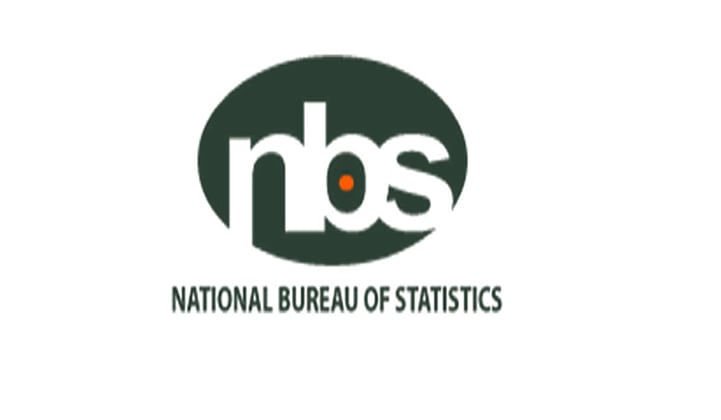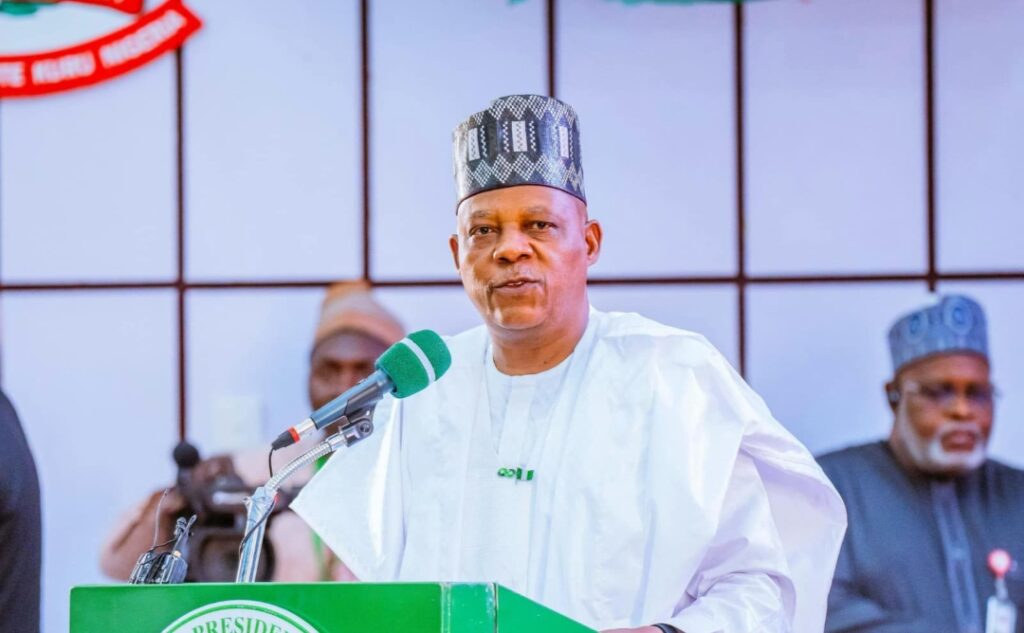NBS: Nigeria Records 273.8m Livestock, 683.6m Poultry in Latest Agricultural Survey

Nigeria’s total livestock population stood at 273.8 million between 2022 and 2023, according to new data from the National Bureau of Statistics (NBS).
The report shows goats led the tally with 138.95 million, followed by sheep (64.93 million) and cattle (54.81 million), while horses had the smallest population at 74,268.
The figures were published in the National Agricultural Sample Survey (NASS) 2022/2023, jointly conducted by the NBS, Federal Ministry of Agriculture and Food Security, Food and Agriculture Organisation (FAO), and the World Bank.
The survey also estimated Nigeria’s poultry population at 683.68 million, driven largely by chickens (642.94 million). Guinea fowls ranked next with 18.55 million, followed by ducks (12.27 million), while geese had the lowest count at 225,700.
On crop output, cassava topped the list during the wet season of 2022/2023, with 21.9 billion kilogrammes harvested nationwide. Yam followed with 18.7 billion kg, maize with 17.35 billion kg, and rice with 13.04 billion kg, while coconut recorded the lowest harvest at 12.63 million kg.
For the dry season, onion dominated production at 2.67 billion kg, trailed by tomato (2.25 billion kg), rice (1.44 billion kg), and sugarcane (887.08 million kg). Melon had the least harvest at 10.95 million kg.
The report also revealed that catfish accounted for the largest share of Nigeria’s fish production at 26.77 billion kg, ahead of carp (2.00 billion kg) and tilapia (1.01 billion kg). Prawn ranked lowest at 1.48 million kg.
In forestry, firewood remained the most collected resource, reaching 19.63 billion kg. Other major collections included rocks, stones, and mud (788.06 million kg) and sand (654.32 million kg). Grasscutter or bushmeat had the smallest figure at 210,834 kg.
In his foreword, Minister of Agriculture and Food Security, Sen. Abubakar Kyari, said the survey was designed to close data gaps and improve agricultural planning nationwide.
“The NASS provides essential data that support evidence-based planning and implementation of agricultural programmes,” he said, commending the survey’s extensive coverage despite security challenges across states.
Kyari added that the findings would “encourage sustainable agricultural practices, promote food security, and foster wealth creation in Nigeria.”
Also, the Statistician-General of the Federation, Adeyemi Adeniran, described agriculture as central to Nigeria’s economic growth and employment generation.
“Given the importance of the sector, it is essential to have reliable data to address the various challenges faced by stakeholders,” he said.
“The results of the NASS 2022/2023 are timely and critical to bridging data gaps in the nation’s agricultural landscape.”
Adeniran noted that the data would also help Nigeria monitor its progress toward the Sustainable Development Goals (SDGs), boost productivity, and address food insecurity and climate-related challenges.
The Director of Agricultural and Business Enterprises Statistics at NBS, Fafunmi Elisha, explained that the survey covered 767 local government areas across the 36 states and the Federal Capital Territory.
Out of 152,485 agricultural households planned, 142,550 were interviewed, he said, noting that seven LGAs — three in Borno and four in Imo — were omitted due to insecurity.
Elisha said the exercise aimed to produce accurate agricultural data to guide policymaking and measure the sector’s contribution to Nigeria’s Gross Domestic Product (GDP).
According to the NBS, the NASS remains the country’s most comprehensive assessment of agricultural output across crops, livestock, fisheries, and forestry — serving as a key tool for evidence-based planning and national development.
The release follows long-standing calls from stakeholders, including the Miyetti Allah Cattle Breeders Association of Nigeria (MACBAN), for updated livestock data.
In March, MACBAN’s National Secretary, Aliyu Gotomo, urged the Federal Government to conduct a livestock census to enhance grazing reserve management and prevent overgrazing.
“We have to identify the population of pastoralists in each of the reserves for proper management,” Gotomo said.









